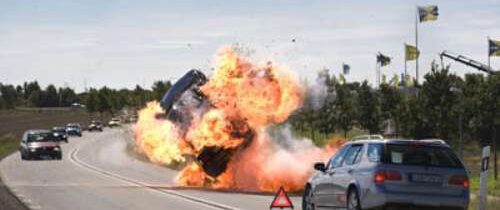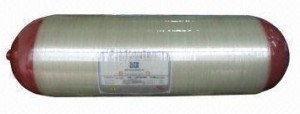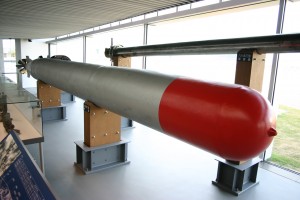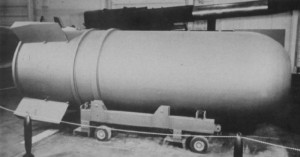Is CNG Safe?
We get this question a lot, which only makes sense considering tanks bear resemblance to
The reality though, is that natural gas is safer than regular gasoline, and we will demonstrate exactly why that is. Despite their appearance, CNG tank explosions are extremely rare. CNG tanks are required to hold 250% of what they are rated for. This means that a tank that is rated to hold 3,600 psi can safely hold up to 9,000 psi, and CNG tanks are subjected to burst tests that sometimes exceed 40,000 psi! Filling a CNG tank is a bit loud, and this can be a little unnerving at first, but it is easy to get accustomed to. 3,600 pounds per square inch is a tremendous amount though, so it’s no wonder-
CNG tanks are put through stringent tests, including:
- Ambient cycling test
- Environmental test
- Extreme temperature pressure test
- Hydrostatic burst test
- Composite flaw test
- Drop test
- Accelerated stress rupture test
- Permeation test
- Natural Gas cycling test
- Bonfire test
- Gunfire penetration test
They also do
Destructive Safety Testing
- Bonfire testing
- Bonfire without PRD (pressure release device)
- Penetration (Gunfire) testing
- Flammable gas ignition
- High pressure gas release
- Crush testing (static and dynamic)
- Laminate damage tolerance
- Vehicle fire
- Vehicle crash
These tanks are really built like…well, tanks! They are probably the most indestructible part of your car. In 2008 there were 9 million CNG vehicles worldwide, and between 2000-2008 there was only 26 cylinder failures (resulting in catastrophic rupture, or major leaks). So yes, a tank may explode, but it’s about 100 times more likely that you’ll be hit by lightning. (Odds of being struck by lightning in your lifetime = 1 in 3,000, Odds of CNG tank having a catastrophic rupture or major leak= 26 in 9,000,000 or 1 in 346,154).
If I start worrying about it I watch this video. Maybe even a few times. It makes me feel better.
These tanks were shot at, put in bonfires, and even had dynamite exploded on them, but still, the natural gas never caught fire. That’s because natural gas will only burn when mixed with air at a 5-15% concentration. Natural Gas, also has an ignition temperature that is 600 degrees higher than gasoline. If the prd (pressure relief device) does release, the worst case scenario is, that it would cause a ‘torch’ effect. But as you can see, it doesn’t light easily.
Can you imagine your gasoline tank surviving those kinds of tests?
Hopefully this helps to put your mind at ease.






Thanks you for the video clip. I have seen similar studies on the Bulk Cryogenic Tanks used in some designs of filling station. There is a record of an RPG rocket striking a Liquid Oxygen Tank in South America, and they too found that the cold from the LOX quenched the energy of the strike to minimize the chance of ignition.
very much informative